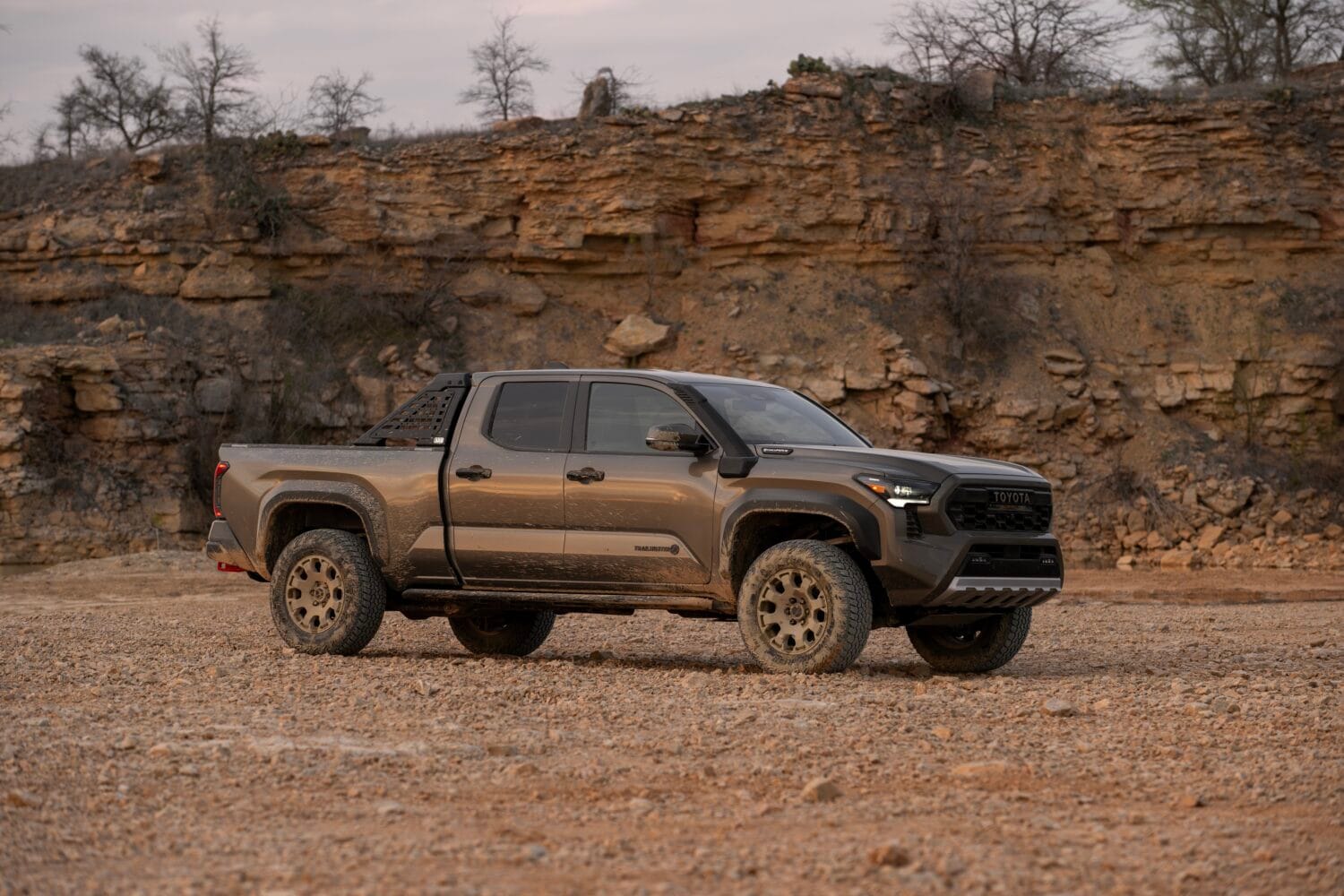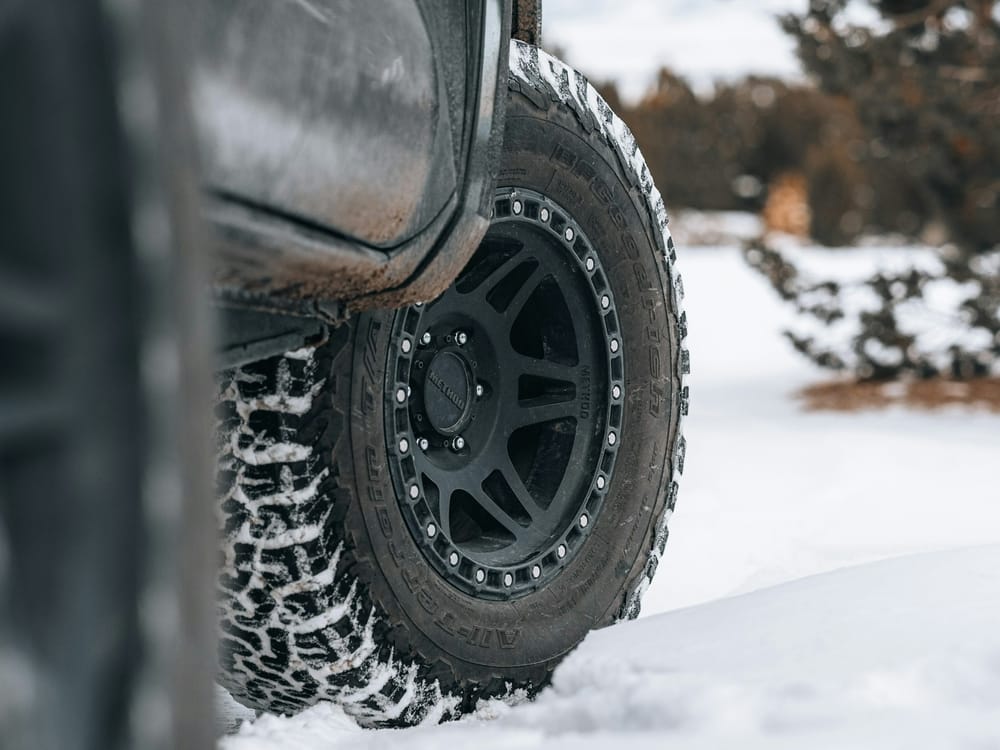This is part of our series: Building an Overland Vehicle: A Complete Guide to Upgrading Your Rig.
Now that we've established the importance of vehicle modifications for successful overlanding, let's take a step back and look at where your journey begins – with your current vehicle. Before you start dreaming about lift kits and roof-top tents, it's crucial to understand what you're working with. After all, you wouldn't build a house without first considering the foundation, right?
Assessing Your Current Vehicle
Knowing your vehicle's strengths and limitations is like having a roadmap for your modification journey. It helps you decide which upgrades will give you the most bang for your buck and which might be overkill.
Key factors to consider include:
- Payload Capacity: This is the maximum weight your vehicle can safely carry, including passengers, gear, and modifications. Exceeding this can lead to dangerous handling and increased wear and tear.
- Engine Power: Your vehicle's horsepower and torque will determine how well it can handle steep inclines and challenging terrain, especially when fully loaded.
- Drivetrain: Your vehicle's off-road capabilities will be significantly impacted by whether it has a 4x4, AWD, or 2WD system.
To assess these factors for your own vehicle:
- Check your owner's manual for payload capacity and drivetrain specifications
- Use online resources or consult with a mechanic to understand your engine's power output
- Take your vehicle on progressively more challenging off-road trips to get a feel for its current capabilities
Determining Your Overlanding Goals
Your overlanding aspirations play a crucial role in determining which modifications are necessary.
Let's break it down:
- Terrain Types: The modifications needed to tackle rocky mountain trails will differ from those required to cross sandy deserts. For example, rock crawling necessitates more ground clearance and underbody protection, while desert running could prioritize improved cooling systems and sand ladders.
- Trip Length and Frequency: Weekend warriors might be able to get by with minimal modifications, while those planning extended expeditions will need to focus more on self-sufficiency upgrades like extended fuel capacity and robust storage solutions.
- Climate Considerations: Overlanding in hot, dusty environments might require you to prioritize engine cooling and air filtration upgrades. In contrast, cold-weather expeditions could call for better insulation and a more robust heating system.
Understanding your vehicle's baseline capabilities and overlanding goals is the foundation upon which all your modification decisions will be built. It's the difference between creating a well-oiled overlanding machine and ending up with an over-modified rig in some areas and under-prepared in others.
As we move into our next section on essential overlanding modifications, keep your vehicle's baseline and personal goals in mind. These factors will guide you in prioritizing upgrades that transform your vehicle into the perfect companion for overlanding adventures. Whether you need to beef up your suspension for rocky trails or expand your fuel capacity for long desert crossings, the path forward begins with understanding where you're starting from.





